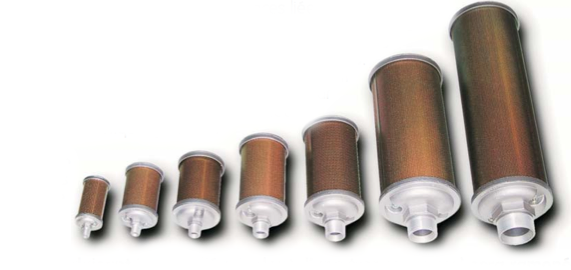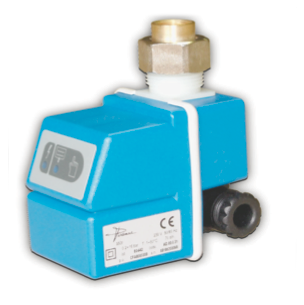The noise is produced by the vibration of the air which propagates, like a wave, around the emission source.
Compressed air does not escape the status of an unpleasant noise generator. You only need to have entered the room once when the compressors are loaded and the dryers in operation to find out.
Noise is increasingly tightly regulated.
Machine manufacturers must limit noise to the maximum of technical possibilities and inform the user of the sound power delivered (Machinery Directive).
Company managers must take preventive measures to eliminate or minimize the risks resulting from exposure to noise (Labor Code).
Leaving aside the compressor room, the nuisance caused by compressed air is mainly due to pneumatic exhaust in the open air of machines in the workshop. Nuisances can be easily eliminated by installing efficient mufflers. The sintered bronze type models, often small, offer a minimal reduction and will advantageously be replaced by wound media models providing a better reduction of the sound power generated.

This type of muffler, which we have sold for over 20 years, lowers the noise level between 40 and 45 Db. To speak in a more colorful way:
An air exhaust producing 110 dB (the equivalent of a chainsaw) will be brought by these silencers to around 65 dB (the equivalent of a lively conversation)
Our mufflers are - in addition - fitted with an integrated anti-burst valve. This safety is essential when is used on adsorption dryers. In fact, over time, the desiccant dust gradually clogs the silencers. If, due to lack of maintenance, their replacement is not carried out in time, during the sudden depressurization of the column, the volume of air cannot escape and the silencer explodes, violently projecting debris which can seriously injure personnel near. Remember to draw the attention of your customers to this point during your sales, service or maintenance procedures.
FOR FURTHER
Noise is measured in decibels. The decibel, denoted dB, is a relative unit of acoustic intensity. It is the decimal logarithm of a power ratio: Log 10 (P1 / P0)
Decibels follow a logarithmic scale, which means that a small increase in the number of decibels corresponds to a large increase in the noise level. For example, if a sound is increased by 3 dB whatever its level, for your ears it will have approximately doubled in volume. If two sources of noise in a workplace create noise of 80 dB each, the noise level they cause together is 83 dB and not 160 dB.
The audible sounds are between 0 and 140 dB.
The pain threshold is around 120 dB.
Noise is considered annoying above 60 dB and harmful above 85 dB.
There are dozens of noise regulatory texts. If you are interested in this subject, you can consult - among other things - the CCIP website at the address below:


